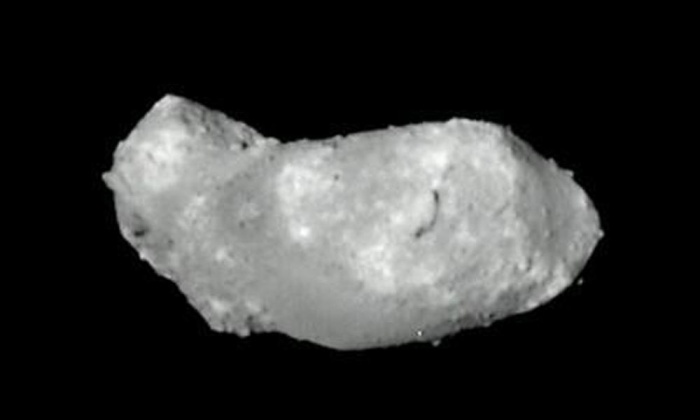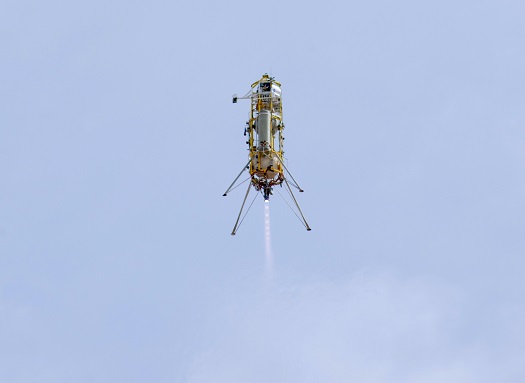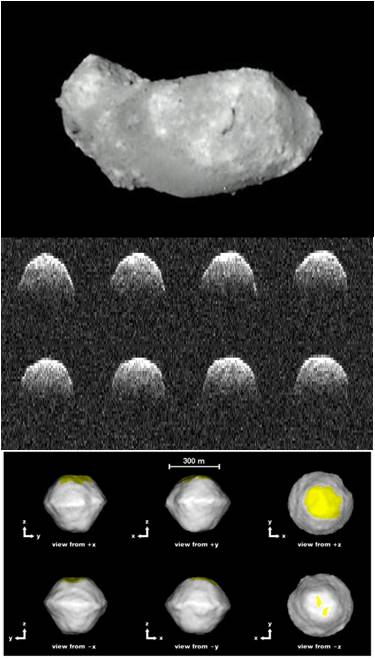March 26, 2015 – When we think of NASA these days we have an impression of an agency that has lost its way for a number of reasons. One is budgetary constraints with NASA receiving little in the way of net new money from the federal government to initiate new programs. And in the human mission program NASA is tied to the International Space Station (ISS) and Russian launchers to send crews to and from its low-Earth orbit platform. It’s as if NASA has bought a cottage for summer vacations and now that it owns it, it is the only place it keeps going to. But deep within NASA there are some pretty interesting programs afoot despite the moribund appearance. Some I believe are misguided but nevertheless NASA is making progress on achieving them.
Mars Landing Technology
NASA recently tested a vehicle it has dubbed ADAPT, the Autonomous Descent and Ascent Powered-flight Testbed. Working with Masten Space Systems of Mojave, California, the agency has built a vertical landing reusable rocket similar to SpaceX’s Grasshopper and Falcon 9 (although the latter has yet to achieve a successful landing).
But unlike SpaceX, NASA is designing ADAPT for the thin atmosphere and lower gravity of Mars. And NASA is designing the rocket to be autonomous considering the distances it will have to travel with no human oversight when it arrives at the Red Planet.
The technology includes Terrain Relative Navigation integrated into a Lander Vision System. G-FOLD software (Guidance for Fuel-Optimal Large Diverts) makes independent decisions on landing location and flight path.
The two most recent tests, both successful, occurred in December of 2014. In both launches ADAPT rose to 325 meters (1,066 feet) before beginning a descent. How does ADAPT accommodate to varying terrain. The system continuously takes pictures of what is beneath it as it descends and compares the images to stored maps on board. It then can correct its trajectory and landing point target.
G-FOLD was developed by Jet Propulsion Laboratory (JPL) Caltech and University of Texas Austin. The terrain sensing software integrates with the rocket engines to ensure optimal performance and thrust while conserving propellant. In both flights ADAPT took off from one location and landed elsewhere.
Chad Edwards, JPL’s Chief Technologist for the Mars Exploration Directorate stated, “This represents a huge step forward in our future capabilities for safe and precise Mars landing, and demonstrates a highly effective approach for rapid, low-cost validation of new technologies for the entry, descent and landing of spacecraft…This same technology has valuable applications to landing on the moon, asteroids and other space targets of interest.”
NASA Continuing Prep for Asteroid Redirect Mission
With Mars still at least two decades away NASA’s human spaceflight program has come up with the Asteroid Redirect Mission (ARM). I have written about it in the past and still see this as an unnecessary mission. With the climate-change-denying, anti-science, Senator Ted Cruz in charge of the committee that oversees funding for NASA it is hard to know whether ARM will ever get off the ground. But nonetheless, and despite my objections to ARM (clearly I have no influence on NASA), the agency is gamely going ahead subject to funding of course.
For those of you unfamiliar with ARM it is a two-part mission to begin before 2020. Initially a robotic spacecraft will rendezvous with and capture a small near-Earth asteroid (NEO). It will then move the NEO to near-lunar space and insert it into a stable orbit around the Moon.
Three NEOs are current candidates. They are 25143 Itokawa, 101955 Bennu and 2008 EV5 seen in radar and photo images below with Itokawa at the top, Bennu in the middle and EV5 at the bottom. Others will be added as the potential target as each NEO is studied. Scientists will advise NASA on the characteristics of each candidate NEO. Their existing orbit, shape and rotation will help determine suitability for the mission.
The ARM robotic spacecraft will deploy a pair of robotic arms similar to the Canadarms currently used on ISS. The flight to get to the target NEO will be determined by the candidate chosen but one can surmise it will take several years. The long journey back to near-lunar Deep Space and insertion into lunar orbit is expected to last six years. That means at the earliest NASA’s astronaut mission will not happen before the mid-2020s.
ARM is not using chemical rockets while in space. Instead it will be powered by Solar Electric Propulsion (SEP), converting sunlight into electricity which will then ionize atoms to provide thrust. The use of this technology is one reason for the long timelines. If chemical rockets were used the mission could be shorter but the payload deployed would have to be much larger to accommodate fuel requirements. NASA believes that SEP technology is the next stage in in-space propulsion for both robotic and human missions.
A number of new wrinkles have recently been added to the ARM mission phase. NASA intends to test a new planetary defense technology it calls a gravity tractor. The technology for defensive capture uses the mass of the spacecraft in orbit around the NEO to pull at it without touching it. This alters the orbit of the NEO.
The human part of the mission is expected to involve two astronauts who will fly aboard the Orion spacecraft. NASA will launch Orion atop the Space Launch System (SLS), its large payload successor to the Saturn V. Total length of this part of the mission is expected to last 24 to 25 days. This phase will also prove to be a testing ground for future deeper space missions such as a trip to Mars. Orion will be equipped with an array of new sensor technologies and a new docking system for rendezvous with the ARM robotic spacecraft. New spacesuit technology will be tested as the astronauts conduct a number of spacewalks to collect samples from the NEO in orbit around the Moon.












